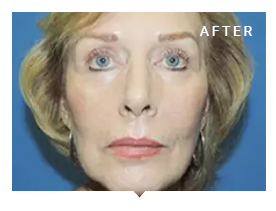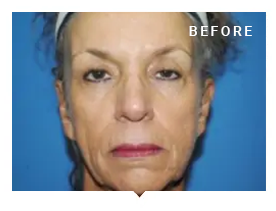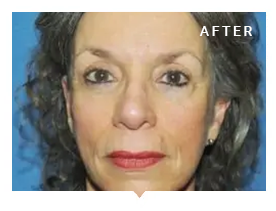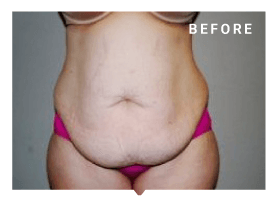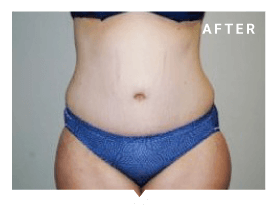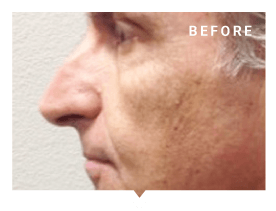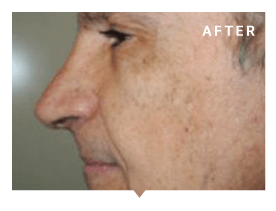Balance Out Your Face with a Chin Implant
If someone were to ask you what the most visually-important part of your face is, what would you say? Most people would probably say their eyes, nose, or mouth. Very rarely would people answer with their chin. But your chin is actually a very important part of your facial structure, and if it is not in proportion with the rest of your face, it can mess up your whole aesthetic.
If your chin is too flat or too small, inserting a chin implant is the best way to go about fixing it.
What Is the Implant Made Of?
At one point, chin implants were made of bone donated from other parts of your body or from someone else entirely. However, this has a high rate of infection. Instead, implants are made from a variety of manufactured, rubbery materials. The most common is silastic, or a hardened silicone. Silicone is proven to be safe as an implant material. Other materials used are goretex and medpore.
There is also the option to use your own chin bone, which is pushed forward using a surgical technique. This is called a sliding genioplasty, and it is where surgeons loosen and mobilize the bottom part of the chin and are able to slide this new horseshoe shape forward. However, this is much less common than just receiving an implant.
Most surgeons agree, though, that more important that the implant material is finding a doctor who is skilled and comfortable doing chin implants—and who you are comfortable with. Once you find the right doctor, he or she will probably have an implant type that they usually work with.
Your New Look
Before the surgery, you will have in-depth consultation sessions with your surgeon, where you will discuss what you want to get out of the surgery. He or she will help you decide what size and shape of chin would look best with your face.
Often, patients get rhinoplasty done at the same time. Not only do you get to combine two recoveries into one, but the surgeon will be able to see how a new chin will affect the rest of face—including your nose.


